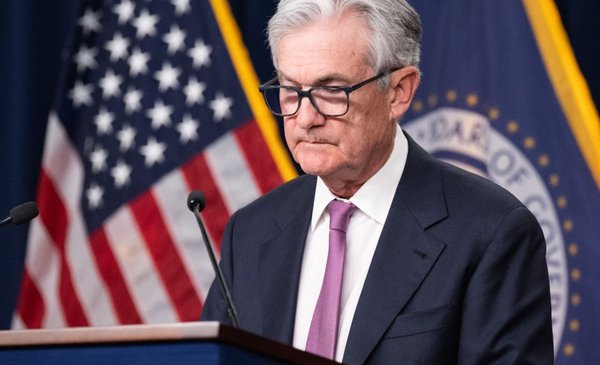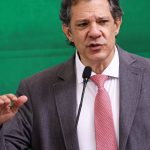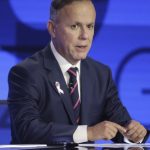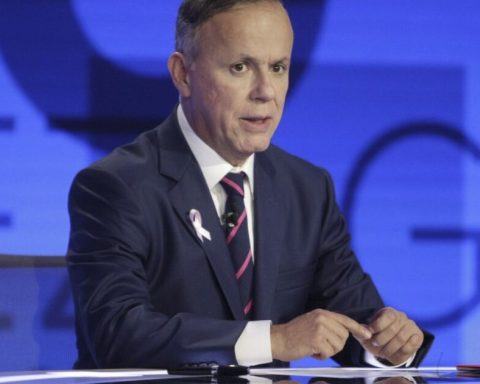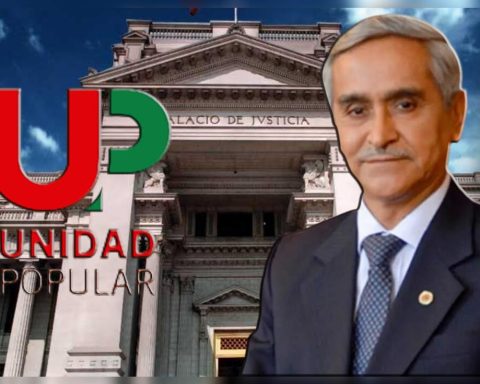“We think we’re going to need additional rate increases“, anticipated this Tuesday the US Federal Reserve Chairman Jerome Powellafter the last known employment report last Friday showed job creation more than double what was expected by the labor market.
“The job market is extraordinarily strong“, commented the official, who thus confirmed the market speculation that dashed the expectation of seeing a process of a slower rate rise after verifying a lower inflation rate in December 2022.
Now, Powell said the jobs data shows that the process of bringing inflation back closer to the 2% target will take “quite some time,” although there are signs that cost pressures are easing, at least for goods.
The official was interviewed by David Rubenstein, co-founder of Carlyle Group, in the Economic Club of Washington. There he said that if the labor situation continues to be very hot and “we may have to do more.”
50 points
When asked if he would have raised rates in 50 basis points last week, instead of the 25 basis points officials made, he demurred: “We can’t play that way, unfortunately.”
The Federal Open Market Committee raised its benchmark rate by a quarter point last week to a range of 4.5% to 4.75%, explaining that ongoing increases are still appropriate.
The actions and the Treasury bond initially rallied when Powell spoke, after he stopped short of taking a more aggressive stance on Interest rates on the back of strong employment data.
The January Nonfarm Payrolls report, released Friday, was “certainly stronger than anyone I know expected,” Powell said. “We didn’t expect it to be this strong,” he said, but “it shows why we think this is going to be a long-term process.”
estimates
The head of the Fed did not want to equate the surprising strength of the labor market shown in the January jobs report with an expectation that interest rates would have to be higher than what the Federal Reserve authorities estimated at the end of the year. past.
US Federal Reserve
In December, the average forecast among members of the Federal Open Market Committee was for the official interest rate to rise slightly above 5% this year, a level that financial markets had been reluctant to accept until last Friday’s jobs report.
Powell’s remarks offered some indications of how he and other policymakers have begun to take stock of an unexpectedly strong labor market, which they had expected to weaken as the Fed’s rate hikes slowed the economy with the in order to reduce the force of inflation.
unpleasant surprise
Powell was not the first to appear surprised by the level of job creation in January.
“I think it surprised all of us,” said Minneapolis Fed president Neel Kashkariin an interview broadcast by CNBC early this Tuesday, referring to the extraordinary employment report, in which the US government reported an increase of more than half a million jobs in January.
The figures were a long way from the easing in the labor market that the Federal Reserve expects and considers necessary to ensure that wage growth also slows and inflation, which remains more than double the central bank’s target, continues to decline.
Kashkari, who has been more aggressive than almost all his colleagues in his assessment of how far interest rates should rise, had said a month ago that he expected the key central bank rate to rise to 5.4%. The employment report reinforced that view.
Kashkari and a handful of other Fed officials since Friday have signaled an openness to pushing the benchmark overnight rate above the 5.00%-5.25% range that policymakers had anticipated. Federal Reserve policy in December.
The chronicler
